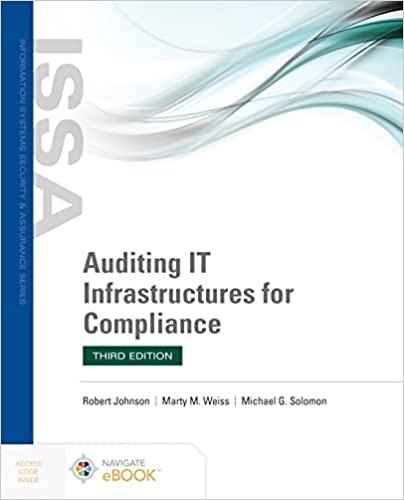


The City of Bingham utilizes a single debt service fund to account for the service of all issues of tax-supported and special assessment long-term debt. As of December 31, 2019, one issue of tax-supported serial bonds was outstanding. See the beginning trial balance for governmental activities the outstanding balance is classified as the current portion of long-term debt. The post-closing trial balance of the debt service fund as of December 31, 2019, is shown below. a. Record the following accounts and balances in the debt service fund general journal, selecting 2019 from the [Year] menu and using 6-a for the [Description). When completed select [Post Entries] to post the entries in the general ledgers. [Note: These opening balances were previously recorded in the governmental activities general journal in Chapter 2 of this project.] City of Bingham Debt Service Fund Post-Closing Trial Balance As of December 31, 2019 Credits $ Debits 990,000 11,000 $ 1,100 Account Title Cash Taxes ReceivableDelinquent Allowance for Uncollectible Delinquent Taxes Interest and Penalties Receivable on Taxes Allowance for Uncollectible Interest and Penalties Fund Balance - Restricted Totals 8,500 850 1,007,550 1,009,500 $ 1,009,500 $ Additional Information: On January 1, 2020, the City of Bingham sold a 20-year issue of tax-supported serial bonds to finance the construction and equipping of an annex to City Hall. As described in Chapter 5 of this cumulative problem, the total amount of bonds issued on that date was $6,000,000, sold at 102. The issue bears interest at the annual rate of 2 percent, payable on January 1 and July 1 of each year; serial bonds in the amount of $300,000 will mature on January 1, 2021, and January 1 of each following year until maturity. The premium on these bonds will be amortized on a straight-line basis every six months. (Note: You will not use the effective interest method to calculate interest expense. Interest expense will be the difference between the cash payment for interest and the amortization on the bond premium.) Required: b. Prepare general journal entries, as necessary to record the following transactions in the debt service fund general journal and, if applicable, in the governmental activities general journal. Use account titles listed in the drop down [Account] menu for each of these accounting entities. Be sure to select year 2020 from the drop-down (Year] menu and the appropriate paragraph number shown in bold-face font below in the [Description] box. 5. [Para. 6-b-5] Checks were written and mailed to bondholders for bonds maturing on January 1, 2020, and to pay all bond interest due that day ($450,000 current portion of long term debt, plus an interest payment of $9,000. In the governmental activities general journal, debit Accrued Interest Payable for the interest payment as this amount was expensed on December 31, 2019, the end of the preceding fiscal year. 6. [Para. 6-b-6] Current taxes receivable were collected in the amount of $2,034,900. Also, delinquent taxes receivable were collected in the amount of $7,700, along with Interest and Penalties Receivable on Taxes of $5,950. 7. [Para. 6-b-7] Temporary investments were purchased in the amount of $310,000. 8. [Para. 6-b-8] Pay the $60,000 interest payment due on July 1, 2020. At the government-wide level, $3,000 was debited for amortization of the premium on bonds sold for the 2% serial bonds









